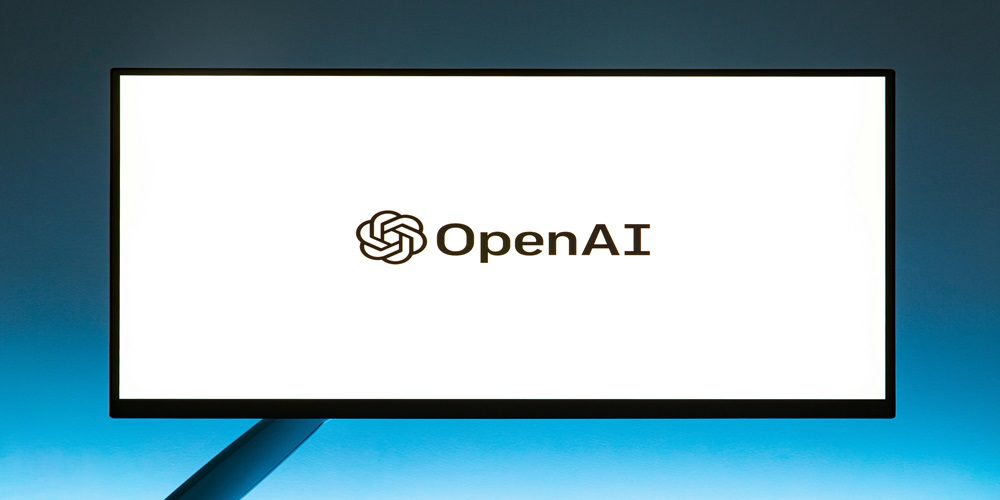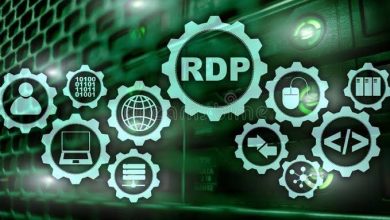Harnessing the Power of Generative AI: Transforming Software Product Development

In a world where technology is constantly evolving, staying ahead of the curve is essential for software product development. One cutting-edge tool that has revolutionized the industry is Generative AI. This powerful technology has the potential to transform how products are created and delivered, offering endless possibilities for innovation and efficiency. Join us as we explore how harnessing the power of Generative AI can take your software development efforts to new heights!
Introduction to Generative AI and its use in software product development
Generative Artificial Intelligence, also known as GenAI, is a cutting-edge technology that has been gaining attention in recent years. It involves creating intelligent computer programs or systems that can produce new ideas, designs, or solutions based on the data or input they are given. This technique goes beyond the traditional rule-based programming approach and uses algorithms inspired by human learning to generate novel outputs.
In the world of software product development, using GenAI can revolutionize the way products are designed, developed, and tested. It brings with it a wide range of benefits for both developers and end-users alike. Let’s take a closer look at some of the ways Generative AI is transforming software product development.
1. Enhanced Creativity: One of the primary advantages of using Generative AI in software product development is its ability to come up with new and innovative ideas that humans may not have thought of. With an enormous amount of data available today, GenAI can analyze this information and generate numerous design possibilities which would be impossible for humans to conceive manually.
2. Increased Efficiency: The traditional process of developing complex software products requires significant time and effort as developers need to write extensive lines of code. However, with Generative AI tools, less coding is needed as many repetitive tasks can be automated; thus speeding up the development process significantly.
3. Superior Quality: Through machine learning algorithms and neural networks techniques like deep learning used by GenAI systems such as GANs (Generative Adversarial Networks), developers can train their models on large volumes of data sets automatically without human intervention accurately. It guarantees superior application quality compared to manual testing methods.
4. Customization: Every customer has unique needs when it comes to software products; hence customization plays an important role in satisfying their requirements fully. With Generative AI-powered technologies at work, developers can easily create personalized solutions based on customer preferences, leading to increased customer satisfaction and loyalty.
5. Predictive Analysis: The use of Generative AI helps improve product development cycles by generating predictive insights that can aid in making data-driven decisions. For instance, the technology can analyze user preferences and market trends from large datasets to optimize feature queues or develop products that cater to the most popular needs.
How Generative AI differs from traditional software development methods
Generative AI is a technique that uses advanced algorithms to automatically generate code based on high-level input or desired outcome. This differs from traditional software development methods in many ways, as discussed below:
1. Creativity versus Repetitiveness:
One of the key differences between generative AI and traditional software development is the role of creativity. In traditional methods, developers write specific lines of code to achieve a desired function repeatedly, whereas generative AI allows for more creative problem-solving by generating various possibilities through machine learning algorithms.
2. Speed and Efficiency:
While traditional software development involves manual coding and debugging which can be time-consuming and prone to human errors, generative AI can expedite the process by automating parts of the development process. This not only saves time but also allows for faster experimentation with different ideas and designs.
3. Adaptability:
Traditional methods follow a linear approach where changes made at any stage may require rewriting large portions of the codebase. On the other hand, generative AI models are trained to adapt to new inputs or changes quickly without requiring significant modifications to existing code.
4. Learning Ability:
The fundamental difference between generative AI and traditional approaches is their ability to learn from previous data or experiences. While conventional methods rely on hardcoded rules and instructions, generative AI can continuously improve its output through machine learning techniques.
5.Leveled playing field:
Another advantage offered by Generative AI is its ability to level the playing field for developers regardless of their experience levels or programming knowledge. While traditional approaches often require extensive experience in coding languages and frameworks, Geneartive AI tools can help developers with no coding experience generate complex code simply by providing input and training the model.
Benefits of using Generative AI in software product development:
Generative AI, also known as artificial intelligence that mimics human creativity and innovation, has emerged as a game-changing technology in the software product development landscape. Its ability to generate unique and innovative ideas, designs, and solutions has transformed the traditional software development process. In this section, we will discuss the top 5 benefits of using generative AI in software product development.
1. Increased Speed and Efficiency:
One of the key benefits of leveraging generative AI is its ability to speed up the overall product development process. Traditionally, developers spend hours coding every aspect of a product manually. However, with generative AI, developers can input their requirements and let the machine learning algorithms take over to produce multiple designs or solutions at a much faster rate. This not only reduces time but also increases efficiency by allowing developers to focus on other crucial tasks.
2. Enhanced Creativity:
Traditional software development often relies on predetermined design patterns and repetitive coding techniques resulting in limited creativity for developers. Generative AI offers out-of-the-box thinking by generating new ideas based on inputs from existing data sets or user preferences. This allows developers to explore more possibilities beyond their own thought process and come up with innovative solutions that can truly differentiate their products from others in the market.
3. Improved Accuracy and Quality:
Generating code automatically ensures a high level of accuracy when compared to manual coding processes that are prone to human errors. By eliminating these errors, generative AI helps improve the overall quality of code produced while maintaining consistency across different modules of complex products.
4. Cost-Effective:
Using generative AI in software product development can significantly reduce costs by reducing reliance on manual labor-intensive processes such as coding or testing every single aspect individually. Additionally, it eliminates costly rework activities caused due to human error, saving both time and resources for organizations.
5.Catering to Diverse Requirements:
With today’s constantly evolving consumer needs and preferences there is an increasing demand for personalized software solutions. Generative AI can cater to these diverse requirements by generating multiple options based on user inputs, providing a tailor-made experience to the end-user. This not only results in higher customer satisfaction but also makes a product stand out in a highly competitive market.
Real-life examples of successful implementations of Generative AI
Software product development is no exception, with many organizations and companies leveraging the power of generative AI to improve their products. Let’s take a look at some real-life examples of successful implementations of generative AI in software product development.
1. The Lego Group – Using Generative Design for Improving Product Designs:
As a leading toy manufacturing company, the Lego Group is always looking for innovative ways to improve its products. By incorporating generative design into their product development process, they were able to generate numerous unique and optimized designs for their iconic building blocks. This not only saved them time but also resulted in more complex and visually appealing designs that were impossible to achieve manually.
2. Adobe Photoshop – Leveraging AI-Powered Features for Image Editing:
Adobe Photoshop has been a go-to tool for graphic designers and photographers for years. However, with the rise of generative AI technology, they have started incorporating it into their software to enhance user experience. Their latest update includes an “AI-powered Subject Selector” that uses machine learning algorithms to automatically select subjects in an image accurately, saving users valuable time and effort.
3. Microsoft Office 365 – Implementing Generative Writing Capabilities:
Microsoft has recently introduced “Ideas” in Word – a feature powered by Generative AI which helps users improve their writing through intelligent suggestions such as alternative phrasing or avoiding offensive language. This feature has proven beneficial for those who struggle with writer’s block or are non-native English speakers.
4. Salesforce Einstein – Enhancing User Experience through Intelligent Recommendations:
Salesforce Einstein is an AI-powered platform that provides personalized recommendations based on customer data analysis to help businesses make better decisions regarding marketing strategies and sales processes. Their use of generative AI has helped companies like Adidas boost their sales by providing tailored product recommendations to their customers.
5. Spotify – Personalizing Music Recommendations with Machine Learning:
With the help of Generative AI and machine learning algorithms, music streaming giant Spotify is able to provide personalized song recommendations based on user data analysis. This has resulted in increased user engagement and satisfaction, making it one of the most widely used features on the platform.
Conclusion
In this fast-paced technological world, businesses are constantly looking for ways to streamline and innovate their processes. Generative AI has emerged as a powerful tool in software product development, helping companies save time and resources while creating unique and efficient products. As we continue to push the limits of technology, it is clear that harnessing the power of generative AI will be crucial for staying ahead in the ever-evolving market. With its ability to generate endless possibilities and find solutions, generative AI is transforming the way we approach software development and revolutionizing our future. So embrace this cutting-edge technology and stay ahead of the game in today’s digital landscape!





